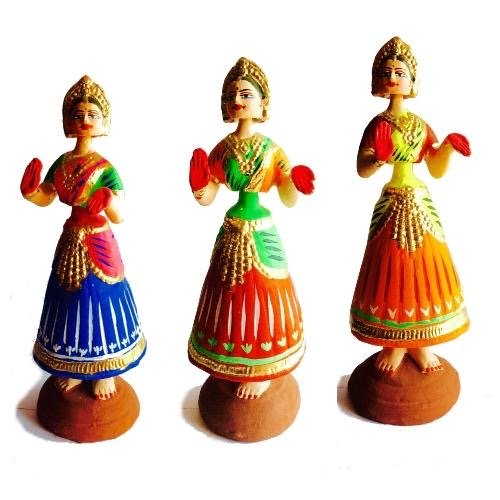Indian Art Galleries in London
Art galleries have been prevailing in London since the 16th century. Galleries in London especially have undergone several threats and reforms to carry forward the rich heritage. Until the 18th century, the art galleries in London predominantly consisted of artwork from Britain and the European nations. As the British monarch marched towards Asian kingdoms and parts of Africa, the monarch sensed the importance of the art forms and crafts of the native land. This led to the formation of more art galleries and museums in the United Kingdom. Previously, the art galleries in London sold paintings, sculptures and other unique artwork majorly from Greek and Egyptian origins. Understanding the emerging art markets, the British explorers in parts of southern Africa and India started trading with the natives for statues and indigenous paintings. It is said that the kings and tribe leaders in India and Africa, traded craftworks made from animal skin/ fur, marble and metallic statues for exotic perfumes from the British empire. This led to the rise in artistic demands from Africa and Asian countries especially the Indian subcontinent.
Now in the 21 st century, there is still a large growing market in London for antique craft and traditional artwork from India. Some art galleries like Simon Ray Indian and Islamic Works of Art, AER, Indar Pasricha Fine Arts and Saffronart are famous for selling authentic Indian artworks. Most of the artworks bought in these art galleries are either bought by art collectors or for decorating houses or business forums/ lavish hotels and dining areas. Some of the most popular artworks purchased in these art galleries include bronze statues from medieval India, Paintings made of precious jewels and gold like Thanjavur paintings and terracotta sculptures (idols and replicas of famous crafts/ statues made from baked red soil). Another specialty of the artworks sold in these art galleries in London is their authenticity. The originality of artwork is very important because these art galleries in London give an opportunity for the indigenous craftsmen in India who have been perfecting their native artforms for several generations. This is very beneficial for both the craftsmen in India and the art gallery in London because the craftsmen get an opportunity for supporting their business which is dying due to the growing machine-made artworks and the art gallery benefits due to the customer demand for authentic crafts from India amidst the bulk production of machine-made replicas of Indian artworks.
Globalisation and Indian renaissance have greatly influenced the artworks and its authenticity in the present generation. The increasing demand in developed countries and cheap resources and artisans in developing countries led to the production of very affordable machine-made art and crafts. This has led to incorporating Indian folk styled art in products like clothes, cutlery, bags and other day to day used products. Meanwhile, the art gallery businesses like those in the UK are facing sales loss even though there is a large demand for their products. This is because of the demand fulfilled by machine-made art replicas that are very affordable compared to buying the original artwork in the art galleries. Therefore, this has led the world is now moving towards saving the original artwork made by the artisans in India.



